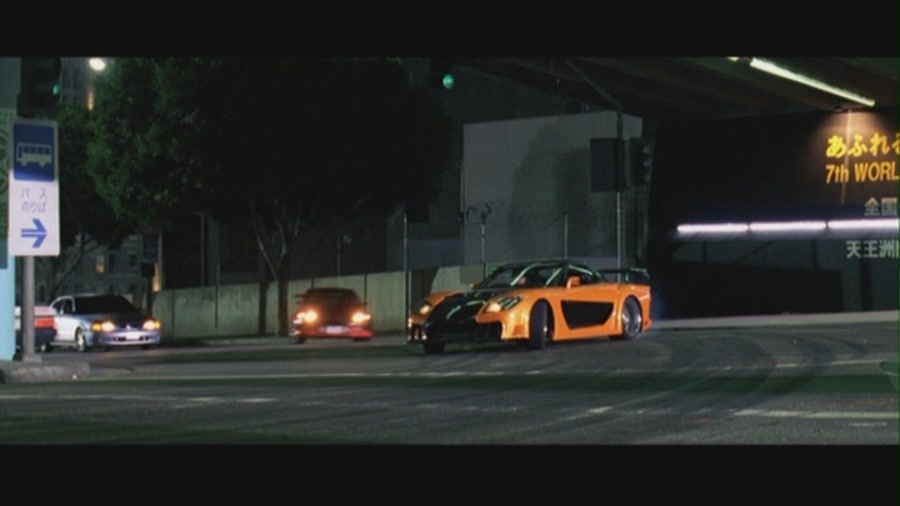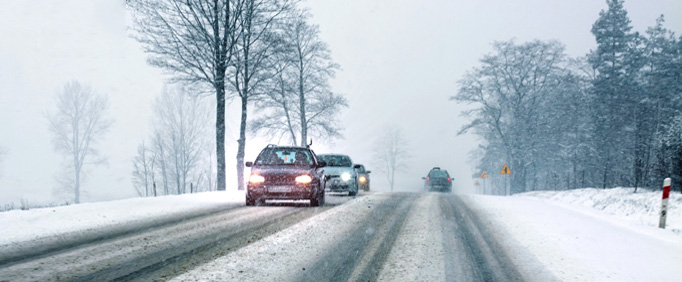By George Crowley ’16, Tech Desk Editor
With winter break fast approaching, most Country Day students are in a strange mood: stressed about exams, but at the same time excited for the holidays just around the corner. Of course, with winter holidays comes winter weather—another thing I’m sure most of us are of two minds about. On the one hand, snow really signals the start of winter, with the possibility of sledding, snow ball fights and most importantly, snow days. On the other hand, Cincinnati is notorious for its “wet” winters: freezing but no snow— just ice— or disgusting grey slush. And as much as we wish we could take the entire winter off, we still need to go to school most of the days there’s snow or ice on the road. These weather conditions are far from ideal for driving. Here are a few tips and tricks to help make your winter driving experience as smooth as possible.
Firstly, keep an eye on the weather conditions. Obviously, driving to school on a balmy 50 degree day will be different from a 20 degree day. On days where the temperature is close to or below freezing, you need to be very aware of ice on the road, whether it be from rain, or melted snow. Indian Hill generally salts its roads well, but despite that it is very possible you will run into patches of ice on your commute. On days where ice may be likely, make sure to drive the speed limit and brake very early coming up to stops.
But let’s be real here: you’re a Country Day student; anything short of 10 over the speed limit is for people who still remember the Eisenhower administration. If you drive this way, it is very possible that you will end up sliding your car around a little bit. Now, movies like Tokyo Drift may make this seem desirable—who doesn’t want to be sliding around turns sideways? But realistically, your car was not set up to handle that style of driving. Most commuter cars today are tuned for understeer, meaning the front of your car will slide before the back, and instead of going sideways, the front of your car will fail to turn, and you’ll go straight off the road. If you ever encounter a situation like this, your first thought will likely be to slam the brakes and crank the wheel all the way over. In reality, this is the wrong thing to do, it will load up the front of the car too much. What you should do is maintain your steering angle and brake, but not too extremely. Too much brake or steering will over load the front tires. Above all, try to do everything smoothly; jerky motions could also reduce your traction.

In the unlikely event that you do end up in an oversteer situation, which is when the back end of your car loses traction first, it will look like you are pulling a mad drift for about 5 seconds, until you spin out, unless you correct it. In the event of oversteer, the correct thing to do, although counterintuitive, is turn the wheel towards the side of your car that is coming out. Another thing to avoid is hammering the brakes; this will shift weight to the front of the car, and reduce grip in the back of the car even more, which won’t help the situation.
So if you take anything from this article, it should be this—drive slower than normal, brake earlier than normal, and make smooth steering inputs instead of jerky ones. Also, I highly recommend that when we get our first snowfall, you take your car to an empty parking lot, and practice recovering from the situations I’ve mentioned above, so you know what to do if they ever happen on the road.
Stay safe out there!









